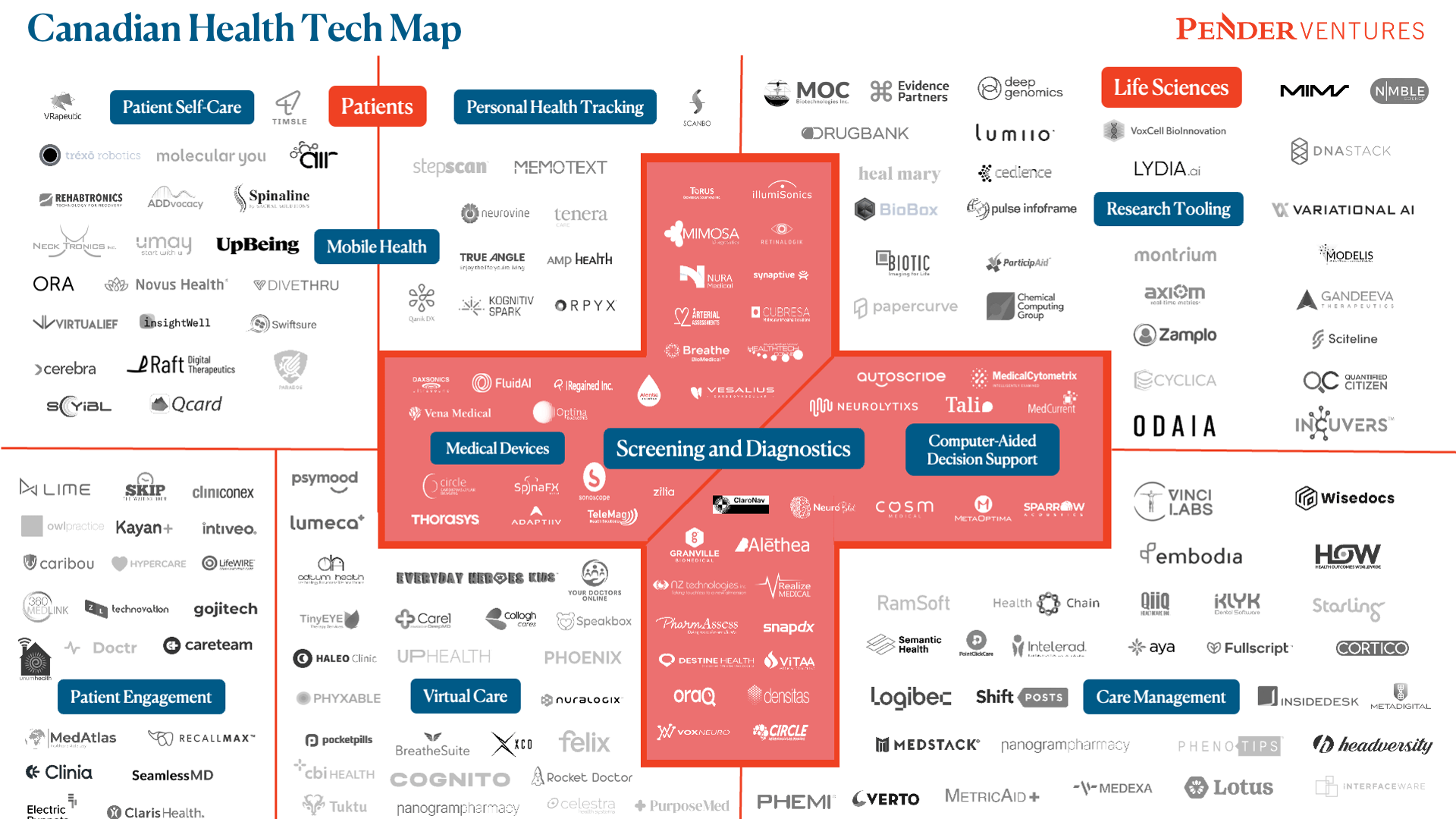If we want to cure Canada’s healthcare crisis, we need to start eating our own dog food
Canada’s healthcare system is far from healthy. Nearly one-fifth of Canadians do not have a family doctor. Wait times at some emergency departments have stretched to nearly 24 hours. Staffing shortages at hospitals are leaving patients to suffer, or worse yet, die as they wait for life-saving care.
While there is no silver bullet to our healthcare woes, there are solutions. In the last decade, innovation has fueled massive transformation in healthcare systems around the world, and much of this innovation was conceived and developed in our own backyard.
Canadian-made healthtech solutions have the power to increase access to providers, improve the quality of care, and change the course of our healthcare crisis. The problem? We’re not using them.
There is a remarkable pattern in Canada, in which we manage to attract world-class talent and create incredible solutions. But time and again, we fail to use this innovation for the benefit of our own patients.
As a country, our focus has been on forming superclusters, launching pilot projects, and creating new business grants. But supporting innovation from ideation to adoption also means we need to start eating our own dog food.
A healthcare system divided against itself
In Canada, we don’t truly have one healthcare “system.” We have 14 systems, divided among the federal, provincial, and territorial jurisdictions. Each jurisdiction has its own policies, priorities, and procurement models, and none wants to cede power, which means they can rarely agree on anything.
When it comes to forming public policy, Canada’s healthcare system is like a group of bickering nations. We lack a cooperative, cohesive approach to how we can put our homegrown innovations to use. For companies that need to navigate this fragmented structure, the path to adoption can quickly become too drawn-out and far too complex, and as a result, the solutions that are already on home soil are left sitting on the shelf.
The lack of integration in our healthcare system’s structure explains why for most health technology companies, even attempting to break into the Canadian market can seem a fool’s errand. It’s also why Canadian sales are rarely the growth catalysts of even the most successful Canadian healthtech companies.
Of course, it’s not just innovation that suffers as a result of this syndrome. Our inability to adopt is holding our entire healthcare system back, and patients shoulder the costs of this more than anyone.
The perils of buying cheap
When it comes to procuring new solutions, our approach consistently fails to reflect the fundamental objectives of a healthcare system. Buyers are too often disincentivized to purchase products that deliver long-term value when the demands to cut upfront costs and buy more for less reign supreme.
In a system of set budgets, products that raise immediate costs are passed over, even if those products could reduce long-term costs by keeping patients out of hospitals in the first place. This myopic, penny-pinching approach means we often miss opportunities to make the necessary improvements to healthcare delivery.
A healthcare system should be built to improve patient outcomes, and getting there requires us to take a long-term, strategic view of procurement.
Learning from our pilot projects
While we’re starting to see small signs of progress towards a more innovation-friendly healthcare system, most of these silver linings are confined to disparate, fixed-term pilot projects, which often fail to bring about material change to the broader healthcare system.
Healthtech companies that participate in innovation pilot projects tend to dedicate time and labour that could have been better spent scaling their businesses and securing customers. Once the project has run its course and project funding dries up, these companies are back to square one.
Pilots can be perfect testing grounds for new approaches to healthcare procurement, regulation, and innovation, but we need to start using the knowledge we gain from them to effect system-wide change.
The condition is curable
Our healthcare system might be sick, but we still have time to treat it. More funding and pilot projects are not going to avert Canada’s healthcare crisis. If we as a country want to create a healthcare system that truly meets the needs of patients, we need to start looking seriously at the solutions from our own innovators. This requires our country to:
- Create a comprehensive strategy that will allow us to put innovation to use;
- Take a longer-term view on costs when procuring best-in-class healthcare solutions; and
- Leverage the learnings from our pilot projects to make lasting improvements to healthcare.
Adopting innovation will require us to rethink our longstanding approaches to healthcare, and it will require action from all members of the healthcare continuum. We have the ingredients to make Canada a global leader in healthcare, but it’s time to start leading by example.
Back to top ↖


